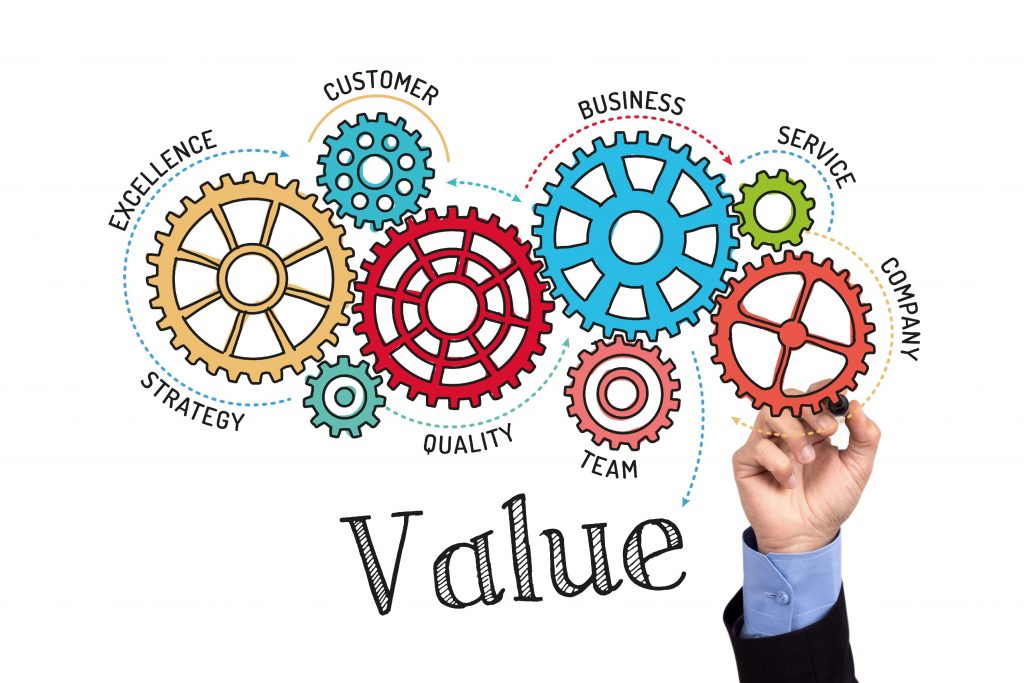
Peter Drucker rightly said, if you can’t measure it, you can’t manage it! Nowadays more and more organizations are increasingly focusing on quantifying the CRM performance to enhance the level of customer experiences and to better handle organizational data. CRM indeed provides a significant return on investment. However many companies fail to quantify it. This is where the CRM software with its analytics engine can help measure performance so that your business does not land on the unpaved runway!
So, how does one measure CRM performance? Don’t worry! Let’s slice through the royal cake.
CRM performance can be measured through balanced scorecards, value driver analysis, customer knowledge management and ROIs. It gets quite technical from here! I feel you. I will try my best to simplify it.
Balanced scorecards!
The balanced scorecard was developed by Robert Kaplan and David Norton. It is one of the foremost measurement tool used by highly successful management firms to align business activities to the vision and strategy of the firm. Robert and David analyzed many successful businesses and found out that all those successful businesses had one thing in common. They had a clear vision and strategy aligned with key areas such as finance, customer service and internal operations.
The balanced scorecards allow decision makers to view businesses from 4 different aspects.
They are:
How businesses view stakeholders in terms of financial aspects?
Are the businesses providing value from a customers’ point of view?
From an internal process point of view,
Are the business operations aligned with the company goals and values?
And finally from a learning and growth perspective,
Is the company providing the right training for its employees?
These aspects create a roadmap for analyzing and understanding smaller objectives within the larger framework.
As the famous Occam’s razor principle states “the simpler one is usually better.” So, the balanced scorecard helps businesses to focus on smaller things so more can be achieved!
In case you were wondering, this is the secret formula for businesses.

Value driver analysis
This is the second layer of the royal cake! The concept of value driver analysis was developed by DuPont several years ago. This is the extension of the infamous money flow analysis which allows companies to take more informed decisions thereby improving their day to day operations.
This hits you hard on the face!
Yes. Literally speaking, this method helps enterprises understand the value of a project. The value may have a strong impact on the organization’s finance or it may create a lasting impression on the society. The variables are usually controlled by the project management team who create a “driver tree’’ to map out the major drivers of value.
For example, for a stadium construction project, the seating capacity can be a major point of focus. The key value drivers for the seating capacity may include public transport, location, and ticket prices.
Customer Knowledge Management
It refers to the mechanisms and procedures used by the company to record, quantify, categorize and analyze data about its customers. This enhances organization’s sales processes. The data may be related to customers’ previous transactions, feedbacks, demographics and other miscellaneous personal information’s.
All data is stored in a single database!
Through customer knowledge management, customer experiences can be taken to a whole new level by minor tweaks or by fixing any loopholes in the business operations.
ROI
This is the icing on the cake for organizations trying to measure performance. Technically speaking, ROI is defined as the profit divided by the stock or funds invested. ROI is generally expressed in terms of percentage. Calculating ROI usually requires an incubation period of six months or more after the crucial data has been gathered from various sources. ROI analysis can drastically improve organizations performance and help achieve greater success.
CRM software can help with all the analytics and can act as a screw gauge for KPIs. CRM software would have a Business Intelligence engine which would efficiently handle all the analytics. It can also act as a database for customer knowledge management.
The report engine would also allow one to view and generate multiple reports for further statistical analysis that would help give your business a boost!
Indeed! CRM software is a must for any industry for analyzing the measures that would determine the organization’s CRM performance.
Guest Post by:
Kapture CRM


